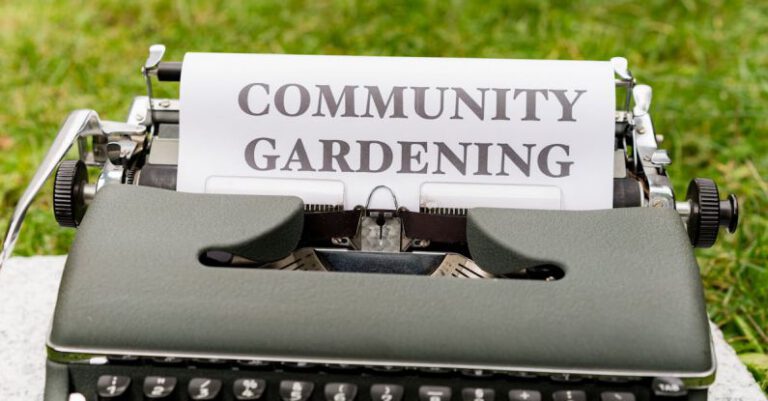How to Create a Low-maintenance Garden That Still Dazzles?
Creating a Low-maintenance Garden That Still Dazzles
Maintaining a garden can be a rewarding experience, but it can also be time-consuming and labor-intensive. For those who want a vibrant outdoor space without the constant upkeep, a low-maintenance garden is the perfect solution. By strategically choosing plants, incorporating efficient design elements, and implementing smart gardening practices, you can achieve a stunning garden that requires minimal effort to maintain.
Choosing the Right Plants
The key to a low-maintenance garden is selecting plants that are well-suited to your climate and soil conditions. Opt for native plants whenever possible, as they are naturally adapted to the local environment and require less water and care. Drought-tolerant plants, such as succulents and ornamental grasses, are also excellent choices for low-maintenance gardens, as they can thrive with little water once established.
Incorporate Perennials
Perennials are plants that live for multiple growing seasons, often blooming year after year. By incorporating a variety of perennials into your garden design, you can enjoy a colorful and dynamic landscape without the need for frequent replanting. Choose a mix of early-, mid-, and late-blooming perennials to ensure continuous color throughout the growing season.
Efficient Design Elements
When designing a low-maintenance garden, consider incorporating elements that will help reduce the need for ongoing care. Mulching flower beds can help suppress weeds, retain soil moisture, and regulate soil temperature, reducing the need for watering and weeding. Installing an automatic irrigation system can also streamline the watering process, ensuring that your plants receive the right amount of water without constant monitoring.
Create Defined Spaces
Dividing your garden into distinct areas can help reduce maintenance by creating a sense of order and structure. Use pathways, hedges, or decorative borders to define different sections of your garden, such as a seating area, a flower bed, or a vegetable garden. By creating defined spaces, you can more easily manage and maintain each area, ensuring that your garden remains tidy and organized with minimal effort.
Smart Gardening Practices
In addition to plant selection and design considerations, implementing smart gardening practices can further reduce the maintenance requirements of your garden. Regularly deadheading flowers, pruning shrubs, and removing spent foliage can help keep your garden looking neat and tidy. Consider incorporating a composting system to recycle organic waste and enrich your soil naturally, reducing the need for chemical fertilizers.
Create a Wildlife-Friendly Garden
Encouraging wildlife, such as birds, butterflies, and beneficial insects, to visit your garden can help maintain a healthy ecosystem and reduce the need for pest control. Planting native flowers, providing water sources, and installing bird feeders or bat houses can attract beneficial wildlife to your garden, helping to keep pests in check and minimize the need for chemical interventions.
Conclusion: Cultivating a Low-maintenance Oasis
By carefully selecting plants, incorporating efficient design elements, and practicing smart gardening techniques, you can create a low-maintenance garden that dazzles with color and vitality. With a thoughtful approach to garden design and maintenance, you can enjoy a beautiful outdoor space that brings joy and relaxation without the constant demands of traditional gardening. Embrace the beauty of simplicity and create an oasis of tranquility in your own backyard.






